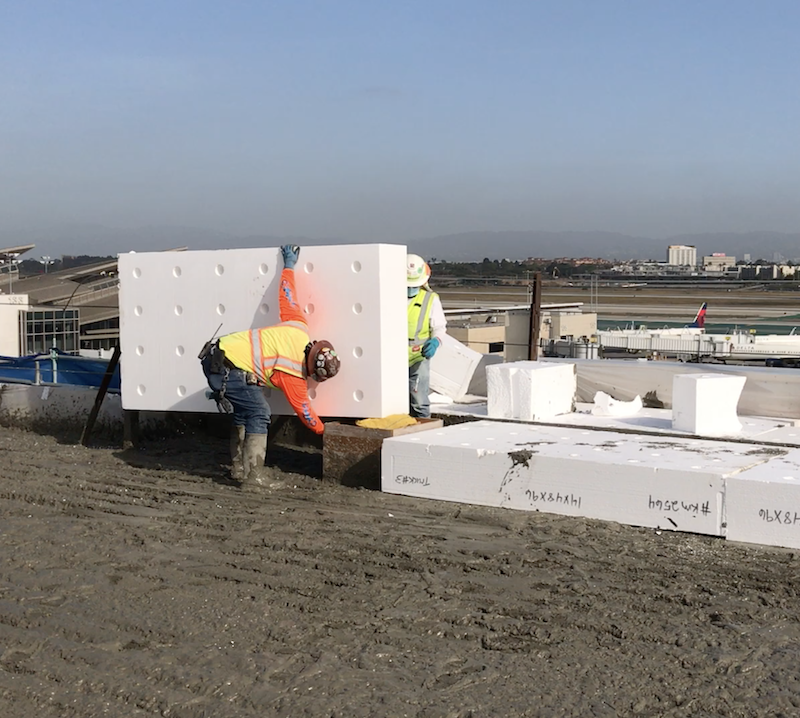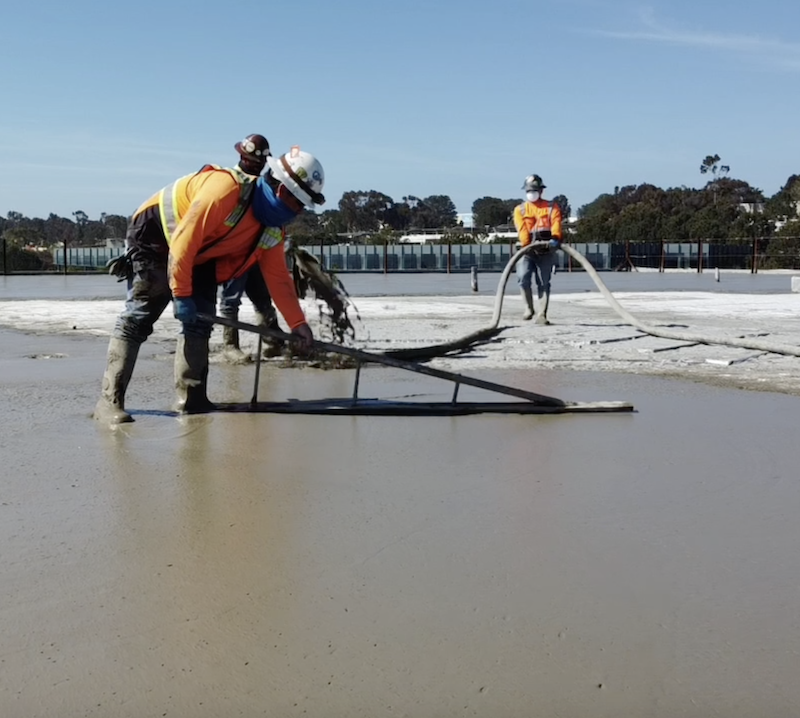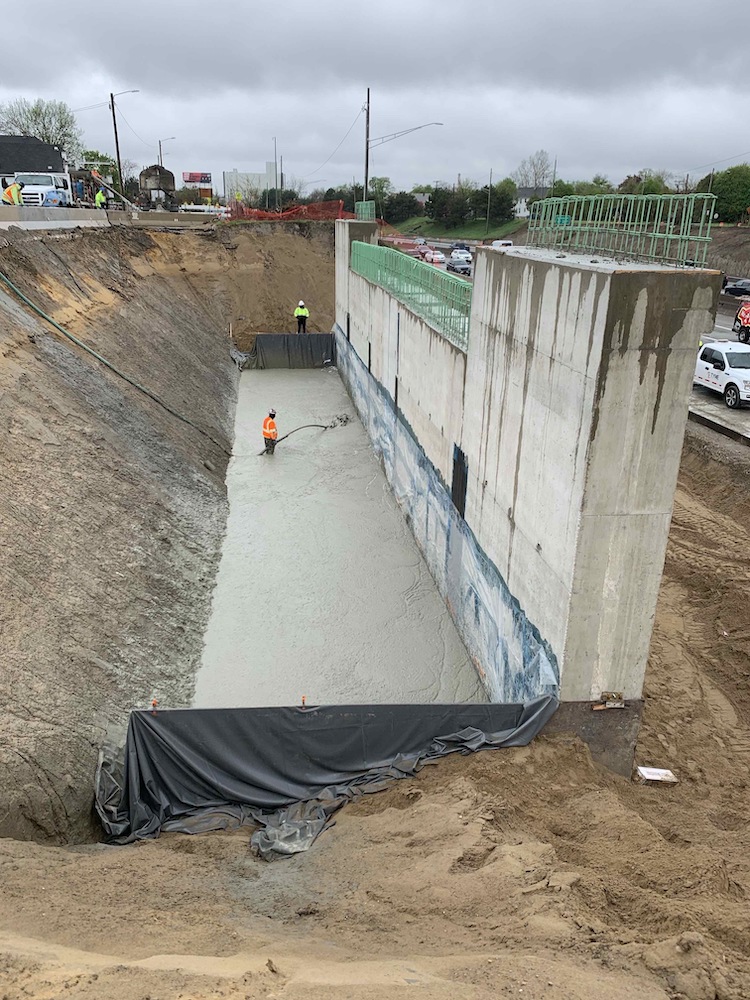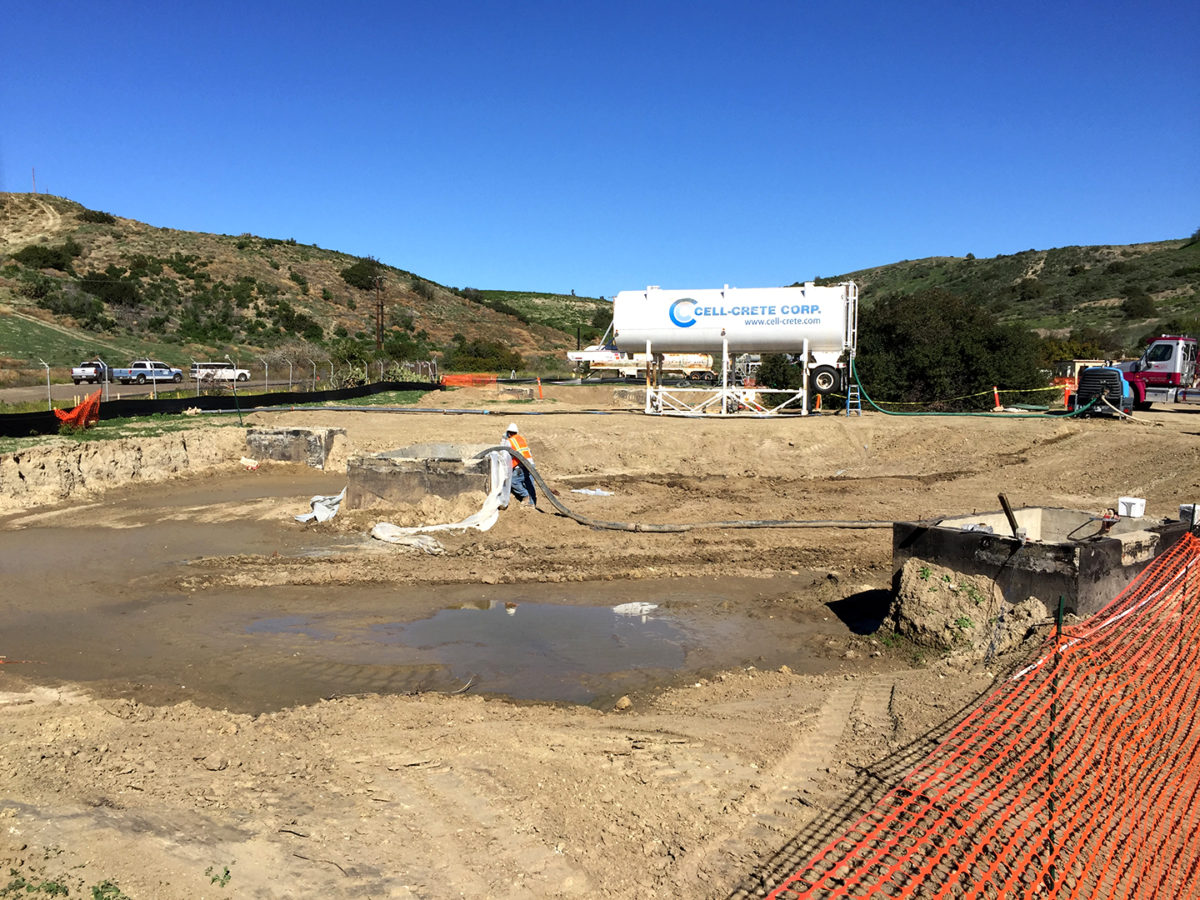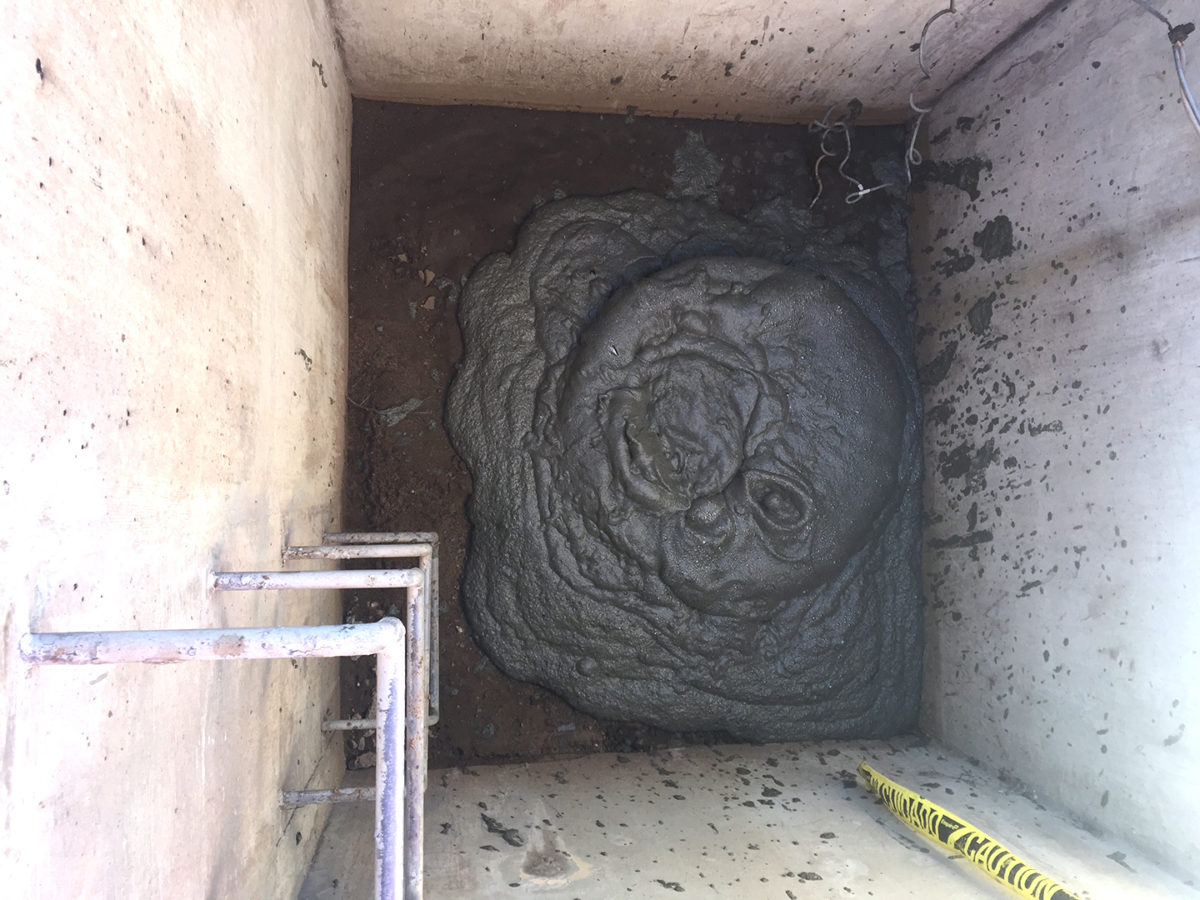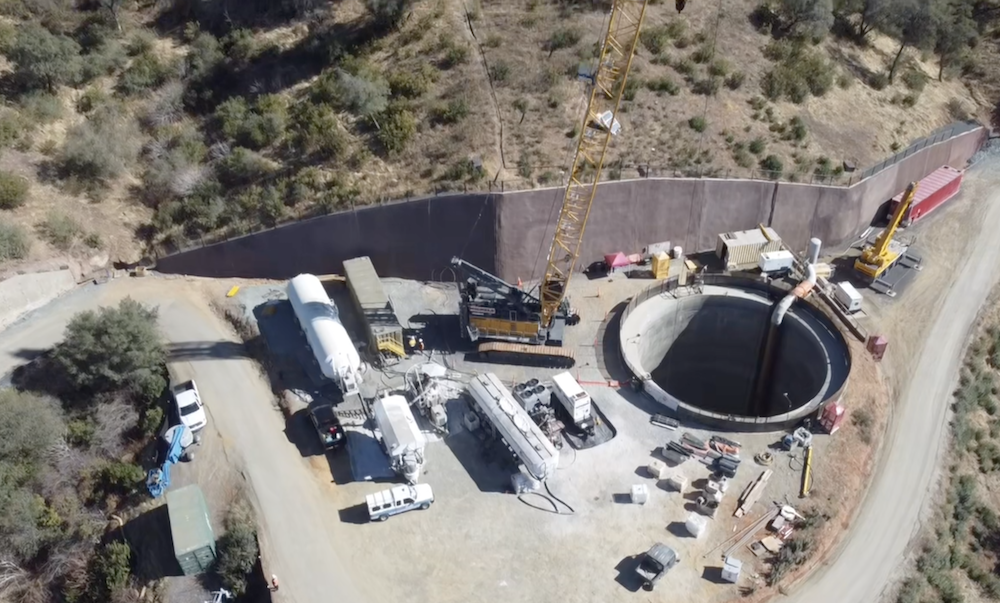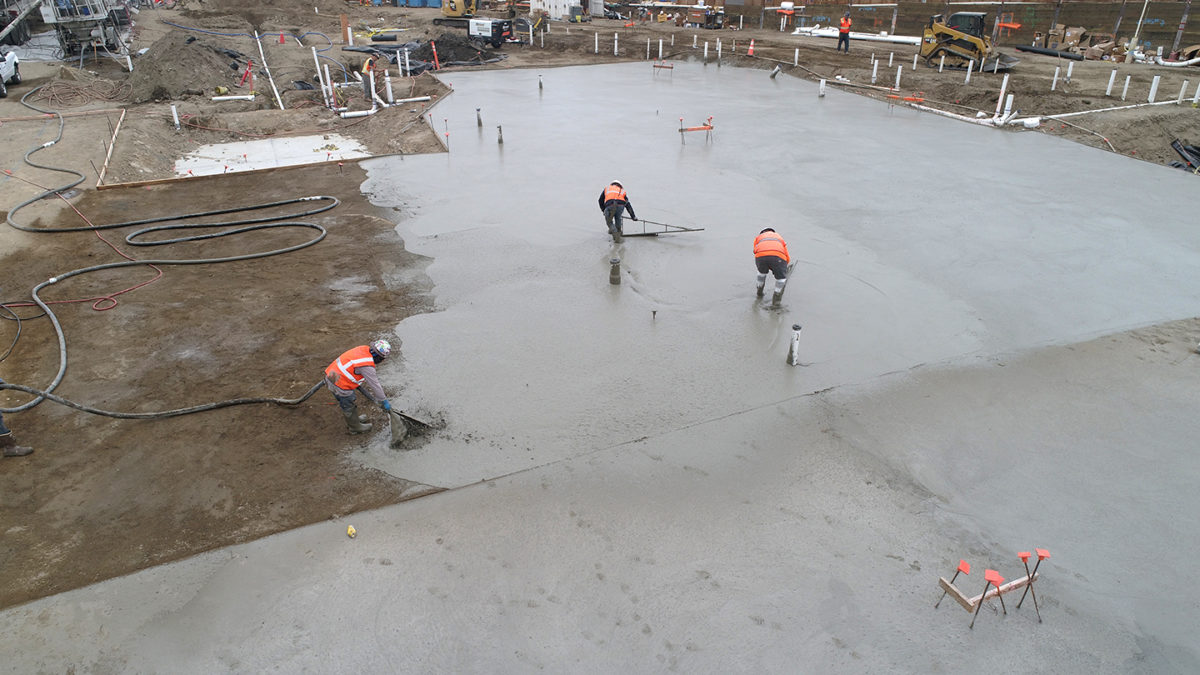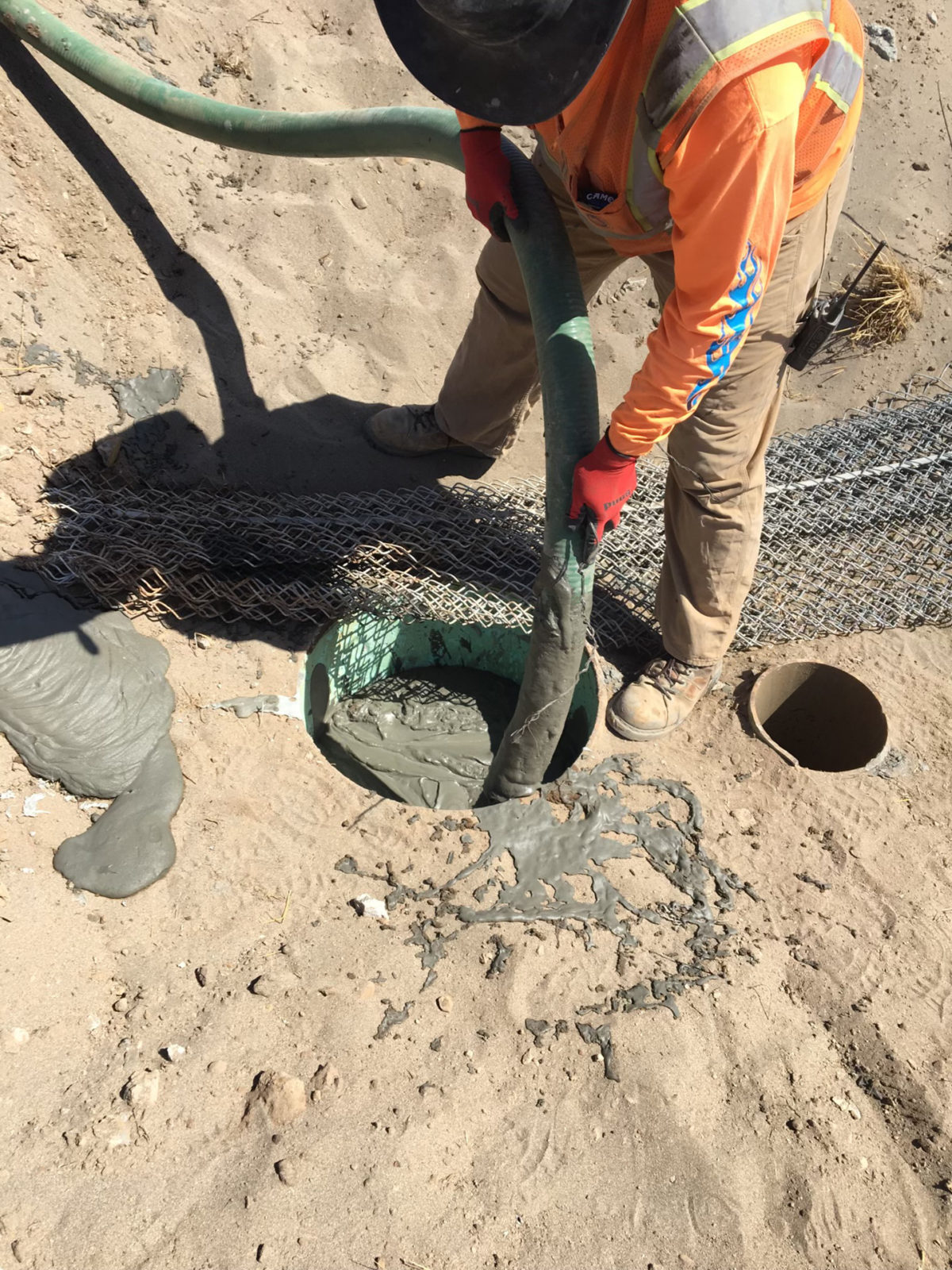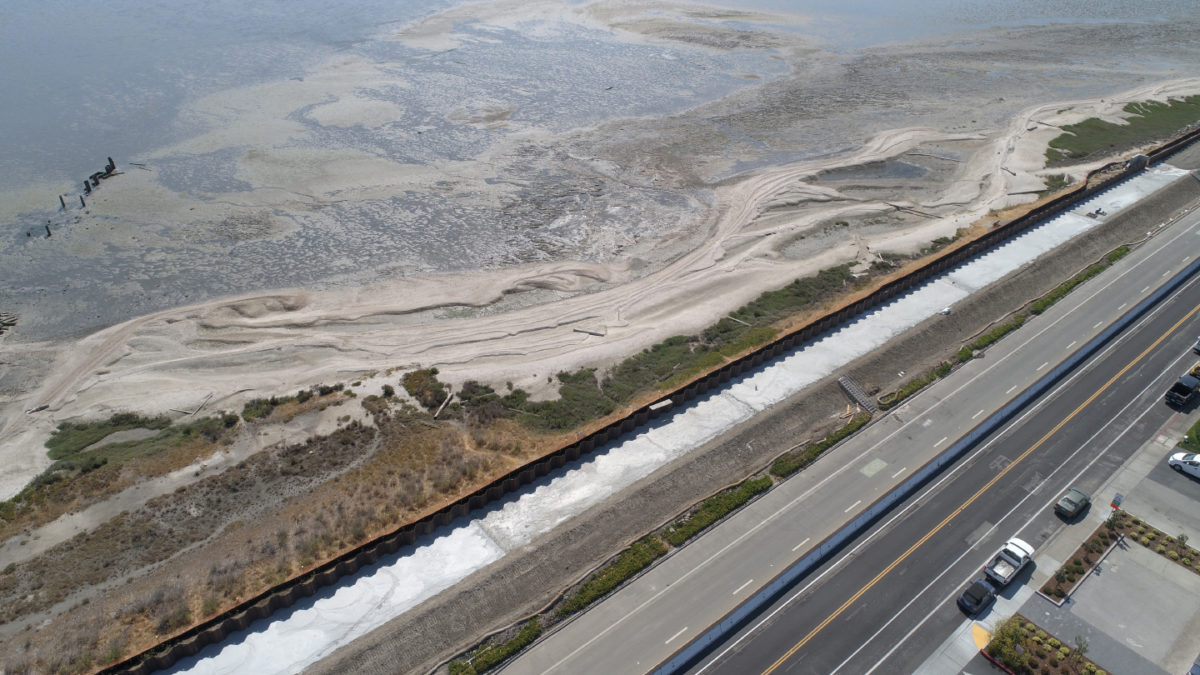LAX TBIT
About The LAX TBIT Project
PROJECT LOCATION
Los Angeles, California
In 2009, the Los Angeles World Airports (LAWA) began, what is considered, the largest public works program in the City of LA. This is a Capital Improvement Program to modernize the Los Angeles International Airport (LAX). The New Tom Bradley International Terminal (New TBIT) is the centerpiece of the project.
The Solution
We are placing our Lightweight Insulating Concrete (LWIC) Roof Deck System on the New TBIT. The LWIC Roofing System will be installed over a flat vented metal deck, per the required specification, and will achieve R30 minimum. This is one of multiple projects we are working on at LAX as part of the modernization plan.

